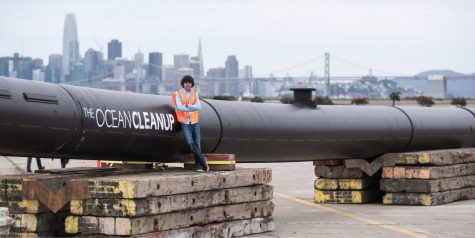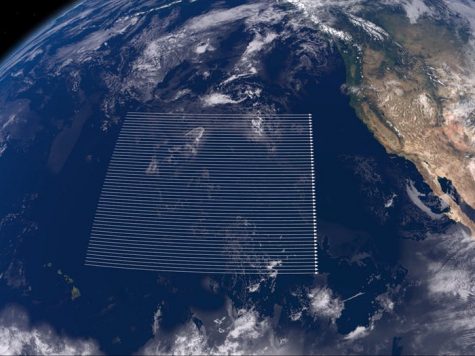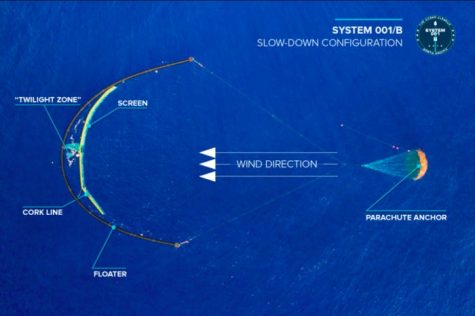Great Pacific Garbage Patch will be Halved in Five years with this New Invention
October 18, 2019

25-year-old Dutch entrepreneur Boyan Slat is the CEO of The Ocean Cleanup. He’s also the person behind the amazing invention that is going to clean up the Great Pacific Garbage Patch, an area of floating plastic garbage between California and Hawaii that is over 1.6 million square km, or more than twice the size of Texas.

Slat has been tweaking the idea of the invention ever since he was 16. “It all started on a holiday in Greece,” said Business Insider article The 25-year-old entrepreneur hoping to clean up the Great Pacific Garbage Patch rarely sees his invention in action because he gets too seasick by Sophia Ankel and Herwin Thole. “When the Dutch national went scuba-diving and saw more plastic bags swimming in the sea than fish.” 1

Instead of having to use boats to move itself around, Boyan Slat’s invention uses ocean currents as a way to move itself around. But this choice was made, not only to save resources with not having to use boats, but to better catch the plastic. It uses ocean currents to move, because ocean currents is also what moves the plastic. That means that when the ocean currents move a bunch of plastic to a certain spot, it will also be moving the plastic collection system.
When first discovered by Charles Moore, the Great Pacific Garbage Patch was said to take about 79,000 years to clean. But with this new invention collecting plastic trash and debris passively instead of actively, Slat says that the garbage patch could be halfway cleaned in the next five years. “Slat said he wondered if the same forces that gather marine debris could be used to take the trash out of the ocean,” said Business Insider article The massive plastic-cleaning device a 25-year-old invented is finally catching some trash in the Great Pacific Garbage Patch. Take a look at its journey. by Peter Kotecki and Aria Bendix. 1

The original plan to slow down the plastic-collection system so it could collect more plastic was to connect it to the seabed (which is over 2.5 mi. Below the ocean’s surface). However, Slat and The Ocean Cleanup came up with a better idea: to connect the system to a parachute anchor which would be only 2,000 ft. under the ocean’s surface, and would allow freer movement of the whole system.
The latest hurdle The Ocean Cleanup has faced is the cork-line in the system being too short and having plastic spill over it. The team is now working on a new cork-line, three to four times as tall. If the new cork-line works, and Slat is then able to prove that the system works, they could begin production of a whole fleet of these plastic-collecting systems.
